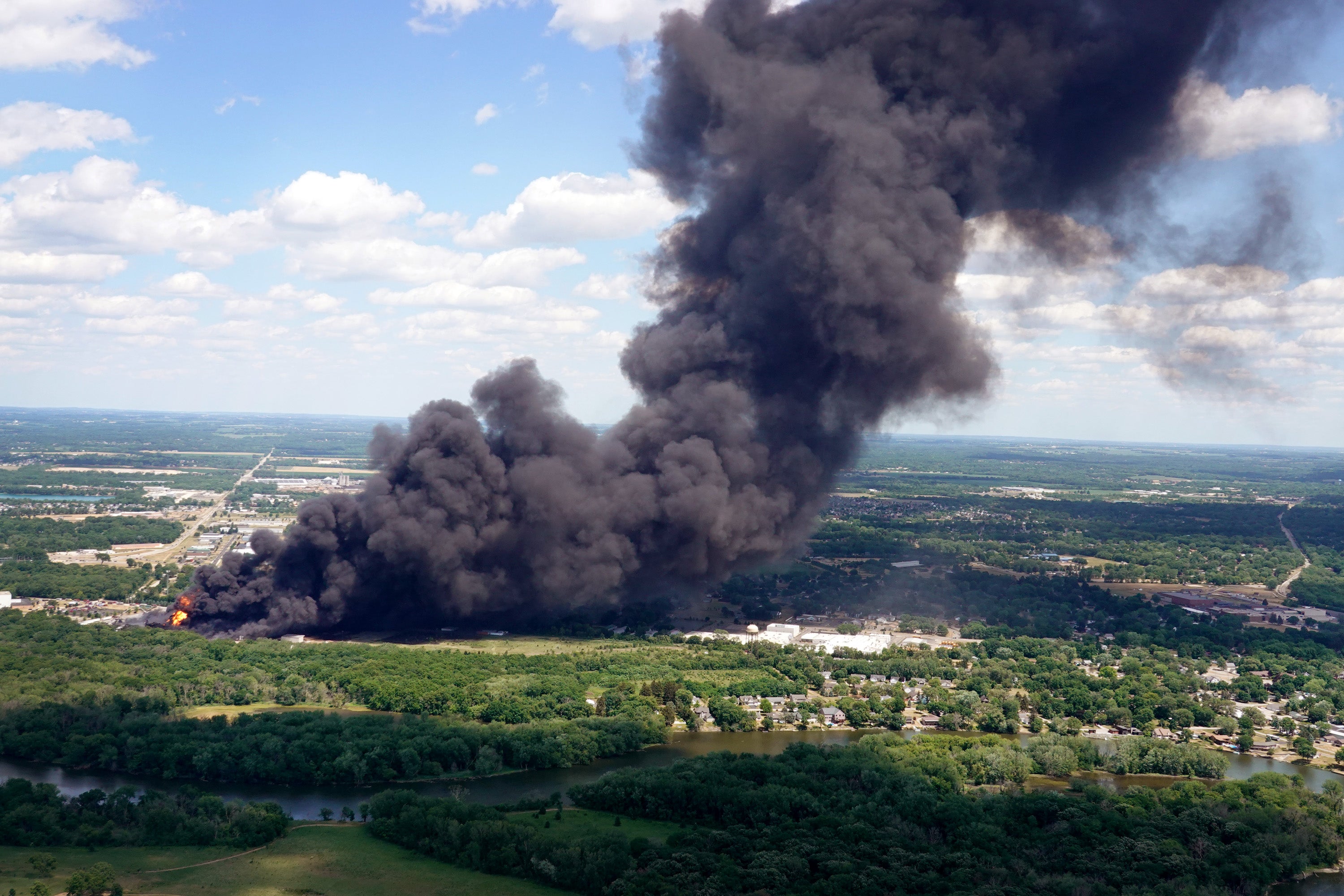
Hazardous chemical spills like the one that happened in East Palestine, Ohio, last year when a train derailed, are the tip of the iceberg of our chemical pollution crisis. Scientists say we are rapidly approaching a “planetary boundary,” the point at which industrial chemicals are altering the “vital Earth system processes on which human life depends.” Current concerns regarding the global contamination of food, water and soils with per- and polyfluoroalkyl substances (PFAS) demonstrate that the problems we face with toxic chemicals reach far beyond accidents.
Indeed, the World Health Organization conservatively estimates that in 2019, two million lives and 53 million years of life were lost as a result of premature death, illness or disability from exposures to chemicals such as lead, arsenic and benzene. Researchers have estimated the health costs associated with exposure to just one class of chemicals—PFAS in the U.S.—to be at least $5 billion. This doesn’t include the billions of dollars estimated for remediation costs, particularly for contaminated drinking water systems. Another similar study finds the health costs of plastics in general to be nearly $250 billion.
About 90 percent of chemical production is based on readily available fossil fuel–based organic chemistry, including many of the more than 10,000 chemicals used in making plastics. These chemicals have a wide range of potential health effects. In addition to contributing to chemical pollution, the chemical industry is also the largest industrial contributor to climate change through energy use and CO2 emissions.
On supporting science journalism
If you’re enjoying this article, consider supporting our award-winning journalism by subscribing. By purchasing a subscription you are helping to ensure the future of impactful stories about the discoveries and ideas shaping our world today.
The chemical industry’s products are embedded in more than 96 percent of manufactured goods, but…
Read the full article here






